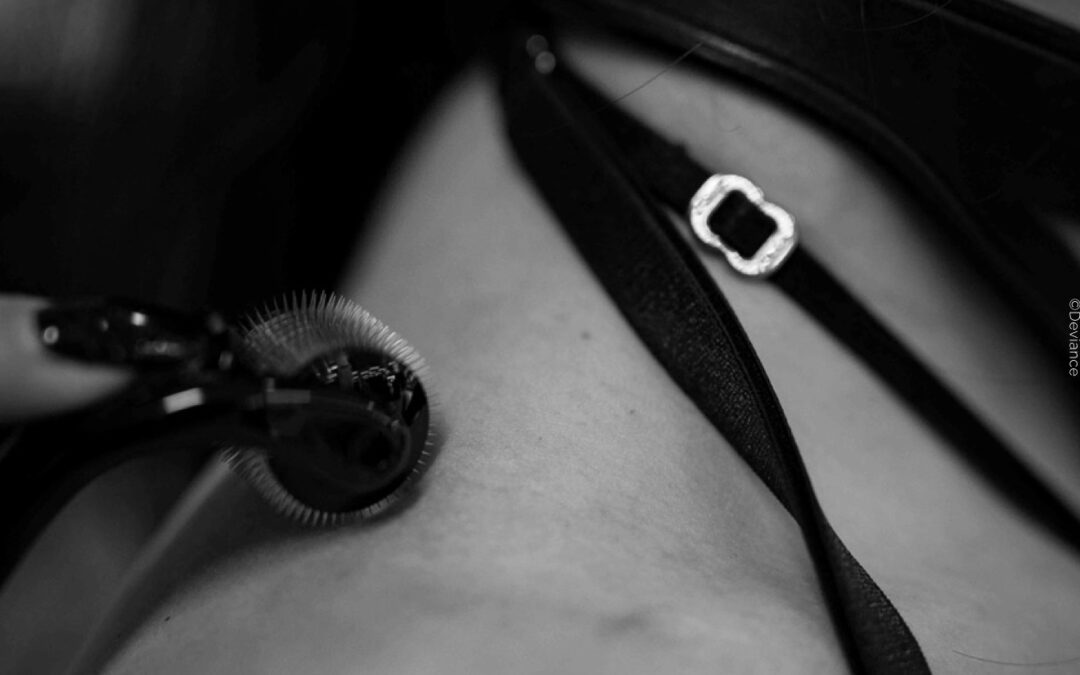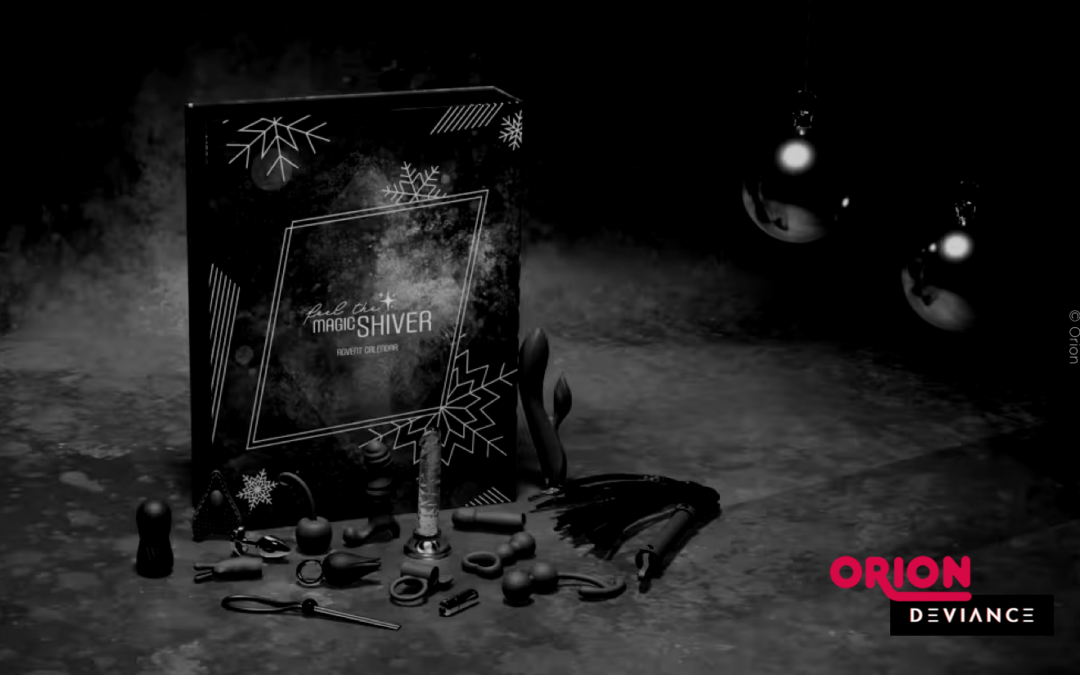What is behind a furniture fetish, or forniphilia?
The term “furniture fetish” or “forniphilia” describes a sexual preference where individuals take on the role of furniture or transform others into such objects. This fetish belongs to the more extreme forms, often in combination with BDSM, and often expresses absolute submission or dominance. Forniphilia combines physical control, often through bondage, with the psychological allure of being or owning an inanimate object.
Typical scenarios might include using people as tables, chairs, lamps, or even coat racks. This is usually achieved through intricate bondage using ropes, leather, or other bondage materials, with additional elements like breath control or sensory deprivation sometimes incorporated.
Why does the furniture fetish fascinate?
The fascination with forniphilia often stems from the extremes of power dynamics and objectification. For Tops, it offers ultimate control – not just over the body but also over the identity of the other person, who is literally reduced to an object. For Bottoms, the experience can be both liberating and stimulating, as they fully relinquish their identity and become passive in their role.
Another source of allure lies in the aesthetic and artistic component. Transforming a human body into a functional piece of furniture often requires creativity, craftsmanship, and a love of perfection. For many fetishists, forniphilia is a form of living art.
Practices and variations of the furniture fetish
Forniphilia can take many forms depending on the participants’ preferences. Examples include:
- Table or Chair: A person is fixed in a way that they serve as a surface or seat, requiring them to hold specific, often physically demanding positions.
- Chandelier or Lamp: Individuals are bound in positions to hold light fixtures, sometimes enhanced by masks or mouthpieces containing the light.
- Coat Rack: A person is restrained upright to display clothing or accessories, emphasizing the blend of functionality and objectification.
- Additional elements like breath control, sensory deprivation, or oiling and polishing the “furniture” can intensify the experience.
Solo forniphilia: Being furniture just for myself
Not all fetishists require a partner to explore forniphilia. Some practice it alone by self-binding or imagining scenarios where they transform into a table or chair.
Solo practice often involves creative tools like mirrors, supports, or rope techniques to make the transformation realistic. The focus might be on the physical challenge of holding positions or the mental journey of fully embodying an object. This solo approach demonstrates that forniphilia can be deeply experienced without the need for a partner.
From aesthetics to eroticism: The art of forniphilia
Forniphilia has left its mark not only in the fetish scene but also in art and pop culture. The surrealist art movement, especially works by Salvador Dalí, often portrays objects in an interesting relationships with the human body.
In fetish photography and film, forniphilia is frequently used as an aesthetic tool to explore themes like power, control, and transformation. These depictions contribute to making the fetish more visible in an artistic context.
Risks and safety
As with all BDSM practices, safety is essential in forniphilia. Prolonged restraint can be physically taxing and pose risks such as circulation issues or nerve damage. It’s important to monitor the body’s signals and take breaks as needed.
Clear communication about limits, preferences, and safety measures is crucial. Agreeing on a safeword and ensuring the dominant partner is always present create a safe environment.
Forniphilia is an intense and artistically influenced fetish that encompasses both physical and psychological aspects. Its blend of objectification, creative staging, and power dynamics offers a space for profound and unique experiences. As with any practice, it should be approached with mutual respect, clear communication, and a focus on safety.









